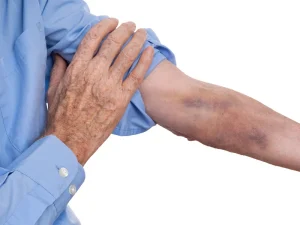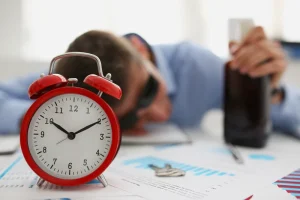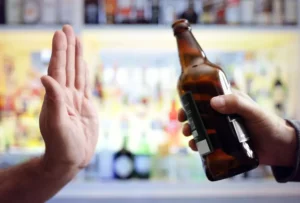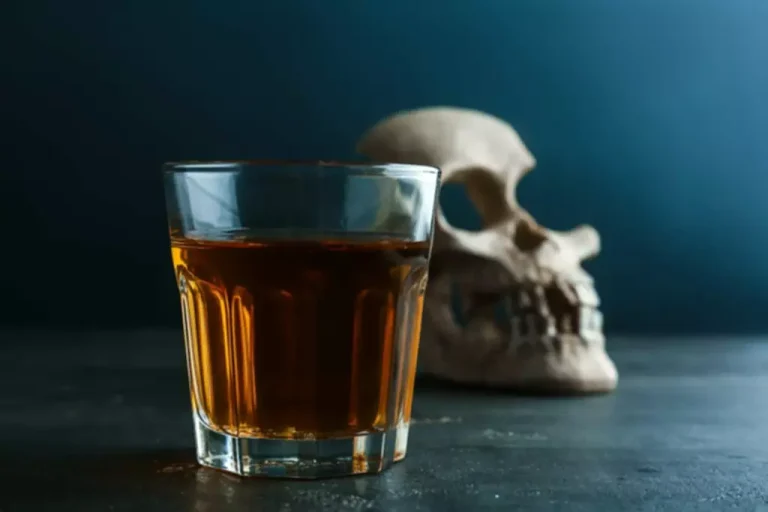
The quicker you seek help, the more likely you are to minimize potentially fatal complications. Blood alcohol concentration (BAC) refers to the amount of alcohol in your blood to the amount of water in your blood. In testing, the type of test you take can also affect the result, as how to get alcohol out of your pee tests vary in sensitivity. Just keep in mind that drinking more than that can be bad for your baby’s growth and development, and can hurt your judgment. Have a designated driver or a ride-hailing service ready to go if you plan on drinking enough that your judgment will be impaired.

Can you “sober up” faster with food or coffee?

Water helps flush harmful bacteria out of your system and may help the body fight an infection. Be sure to drink at least eight glasses of water daily and include foods with a high water count, like watermelon, soup, oranges, and lettuce. If you’re living with alcohol use disorder, treatment at a medical rehabilitation facility is your best option. Through therapy, support groups and medication, you’ll be supported on your path to recovery.
- Therefore, the more frequently a person drinks, the less diuretic effects alcohol is likely to have.
- Someone who is drinking on an empty stomach could have a BAC three times higher than someone who has eaten before drinking.
- In other cases, people have nocturia simply because they’ve developed a habit of waking up and using the bathroom (although they might not necessarily need to go).
This Is How Much Water You Should Really Drink In The Summer
Joining a specialized program is ideal if you want to remove alcohol from your body. However, you can start educating yourself about alcohol and its effects if you want to learn and understand how to flush alcohol out of your system. The problem is when we’re not protecting our skin, not staying hydrated and being exposed to too much sun. “As with anything, too much of a good thing [can be] bad,” Mularoni said. Heat exhaustion includes symptoms such as fatigue, dizziness, nausea and headache, according to Mayo Clinic. If heat exhaustion isn’t treated, it can lead to heatstroke, which is the most serious heat-related illness and requires emergency medical care.

Symptoms of Overdose
This chart is based on a positive cut-off threshold of 100 nanograms of EtG per milliliter. In other words, it assumes you’ll test positive if the test detects more than 100 nanograms per milliliter. Please see a physician before making any medical or lifestyle changes. If you have trouble interpreting your results, consider consulting a medical professional. Here are some tips for what to eat and not to eat as you flush alcohol out of your system.
Alcohol Detection Times

That’s why heavy drinking can cause a variety of alcohol-related diseases and disorders. Saliva tests can detect alcohol two hours after consumption, and hair tests can detect alcohol for up to 90 days. Also, the more extended amount of time spent drinking, the longer it will take for the alcohol to metabolize out of the system. Just because alcohol is out of your blood doesn’t mean that it’s no longer detectable in your system. Even hours after your blood alcohol content is at 0, alcohol can still be detected in a urine test. Even though alcohol may not show up on a breathalyzer, it may show up on other tests after drinking.
- The best way to avoid detection is to abstain from alcohol altogether or to wait until it has completely left your system before taking a drug test.
- Rehabilitation facilities can help you on your path to sobriety by addressing alcohol withdrawal symptoms and becoming involved in sober living support groups, like AA.
- The alcohol remaining will go into the urinary tract and digestive system, getting out the system via feces and urine.
- A hangover is a term that designates a set of undesirable effects that occur when you drink too much.
- In terms of weight, a 160-pound man can stay in a safe BAC range by having up to 1 to 3 drinks.
- Your doctor can help pinpoint what’s triggering your nocturia — whether it’s an underlying medical condition, a side effect of medication or a lifestyle factor.
- In general, they can be accurate for 12 to 24 hours, depending on the nature of the test.
- Alcohol stays in the urine for 12 to 72 hours, depending on how recently and how much you drank.